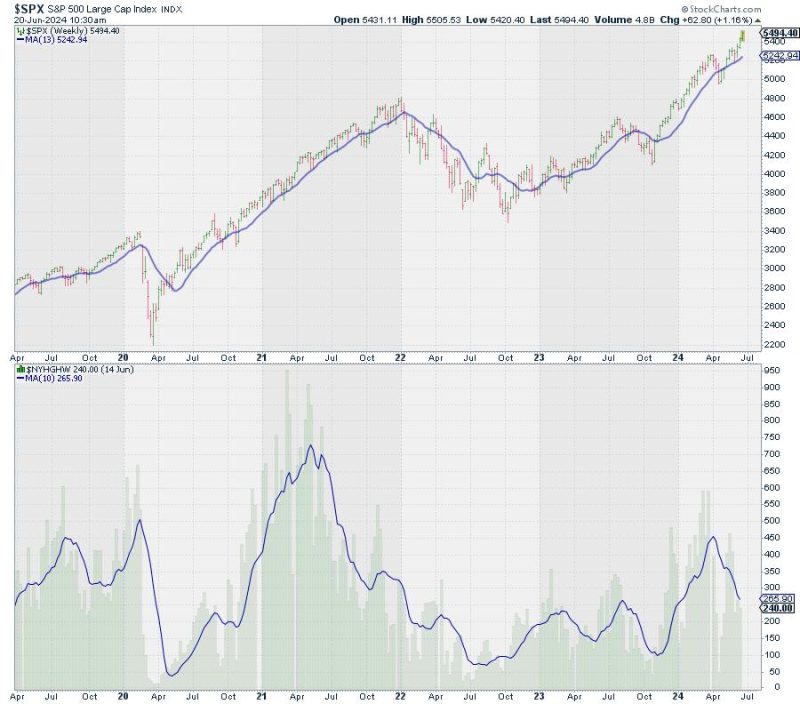Price Pays, But For How Long?
In a world where price often dictates consumer behavior, the concept of paying the right price for a product or service is a crucial consideration for both buyers and sellers. While buyers typically seek the best possible deal, sellers must find a balance between affordability and profitability. However, the question remains: at what cost is the right price sustainable in the long run?
For many consumers, price is a primary concern when making purchasing decisions. Whether comparing prices between different brands or waiting for discounts and promotions, the quest for the best deal is a common practice. In a competitive market, businesses often engage in price wars to attract customers and gain market share. While this can be beneficial for consumers in the short term, it may not be sustainable for businesses in the long run.
Price plays a significant role in shaping consumer perceptions of value and quality. Higher prices may sometimes be associated with better quality products or services, creating a sense of prestige and exclusivity. On the other hand, low prices can be seen as a sign of poor quality or cheapness, potentially deterring some consumers. Striking the right balance between pricing and perceived value is essential for businesses to maintain a loyal customer base and stay competitive in the market.
Factors such as production costs, competition, and consumer demand all play a role in determining the right price for a product or service. Businesses must consider these factors carefully to establish a pricing strategy that is not only attractive to customers but also profitable in the long term. Pricing too low may lead to lower profit margins and unsustainable business operations, while pricing too high may alienate potential customers and result in lost sales opportunities.
Successful businesses understand the importance of aligning pricing with overall business goals and objectives. By conducting market research, analyzing pricing strategies of competitors, and monitoring consumer behavior, businesses can make informed decisions about pricing that benefit both the business and its customers. Flexibility in pricing, such as offering discounts or promotions during slow periods, can also help businesses maintain a competitive edge while maximizing revenue.
In conclusion, price is a critical component of the buyer-seller relationship that influences consumer behavior, business profitability, and market dynamics. Finding the right balance between pricing and value is essential for businesses to thrive in a competitive market. While price may pay off in the short term, businesses must carefully evaluate the sustainability of their pricing strategies to ensure long-term success and customer satisfaction.

